The fine line between pleasure and blight
Ecotourism should be about the experience rather than mere sightseeing. Its focus ought to be on the preservation and wellness of the indigenous ecosystem, including the local communities. At its best, ecotourism can rejuvenate the ecology and induce development for the communities; at worst, it can degrade the environment and people that depend on it. Which way it falls depends on how a balance is struck.
How much is developed to make it a viable tourist destination vis-à-vis how much is left pristine
The 180-kilometre long Mekong Discovery Trail in Cambodia was launched in 2007. It is a network of journeys through the most natural and least populated areas along the river, allowing travellers to get close to some of Cambodia’s least-seen areas by bike, boat or foot. The trail enables visitors to pace themselves and penetrate deep into the heartland, letting them experience native communities and undisturbed nature.
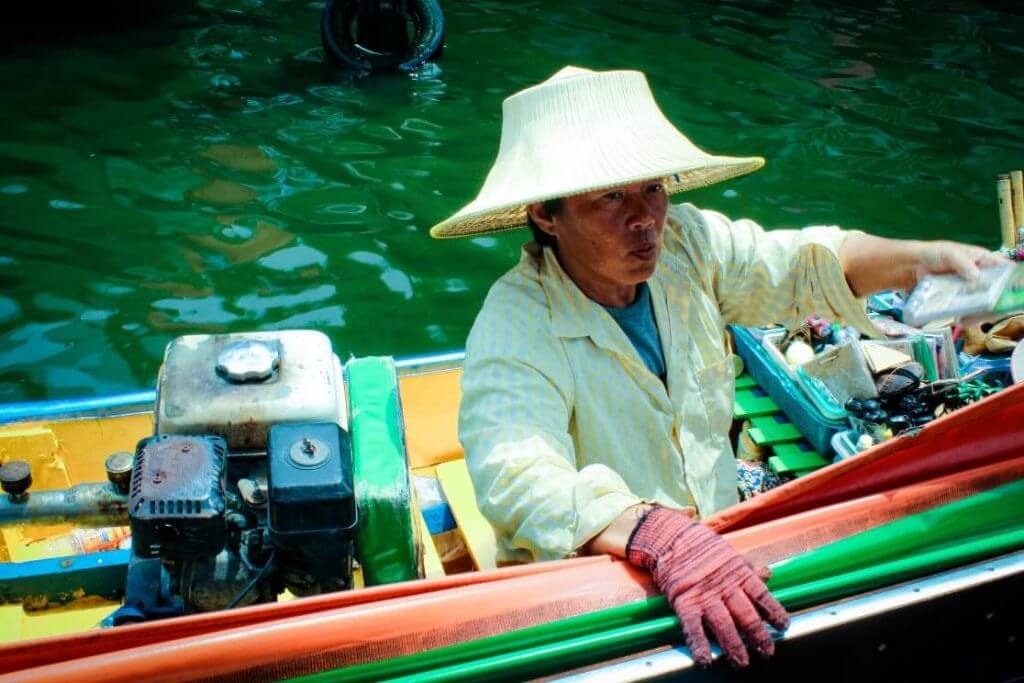
This project was implemented in four phases to build on the unexplored potential of the river valley in northeast Cambodia. The first couple of phases identified the prospective circuit and its capacity to attract tourists when developed. The third phase brought in the investment to develop the circuit and promote the trail. The final phase was solely about involving the local communities by setting up micro-businesses required to provide only the most basic facilities along the trail—food, accommodation and guide. Thus, with limited intrusive development, the project was able to affect the lives of six communities living here, 80 percent of whom resided below the poverty line.
Travellers live amongst these communities in their dwellings according to their lifestyles; they explore beaches, orchards, rice fields, ancient Buddhist temples, etc. They get close to endangered species like river dolphins, plus other native fauna and flora. This concept of a rough-it-out eco-trail permits a limit to be set on infrastructural development associated with tourism that might otherwise have compromised the very thing that people come to see.
The El Nido Marine Reserve Park in Palawan, Philippines, is another example of cautious penetration. This pristine island archipelago, rich in extensive beaches, coral reefs and hidden lagoons, has been carefully developed to bring in tourists. Resorts are built away from ecological areas, allowing visitors to stay comfortably without disturbing these habitats. The park illustrates a government’s policy that critically juxtaposes commercial interests—investment into local infrastructure—against the need to preserve the native natural heritage. It mandates that commercial developments be married to investments for the community and environment, thereby protecting the fragile ecosystems. Such balance entails macro-level planning and micro-level deliverance.
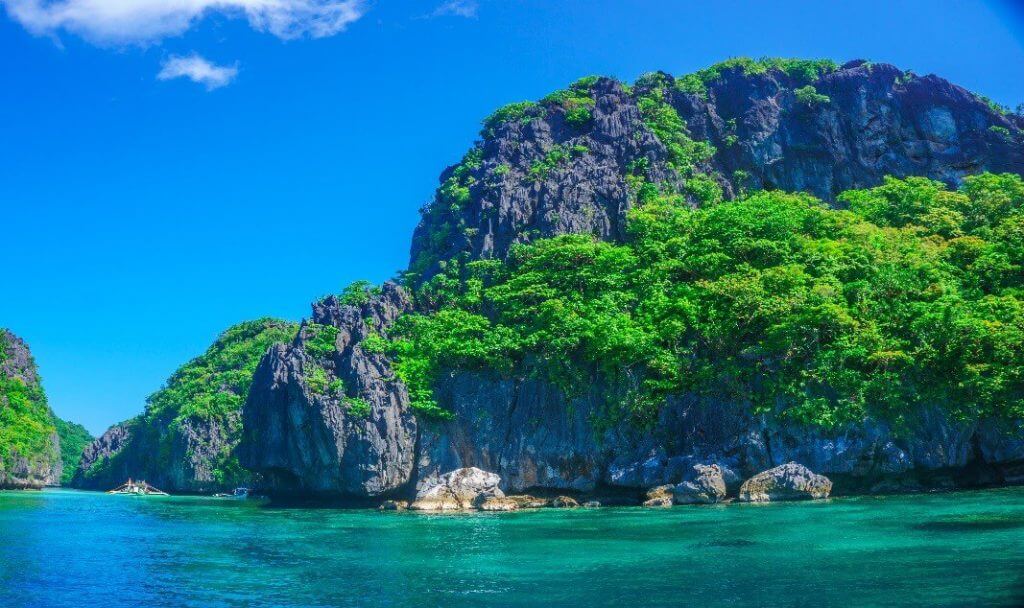
Attract thousands or limit access to a few to preserve
During the peak season of trekking in Nepal, there may be as many as four visitors for every one local Sherpa resident. Consequent increase in activities for construction, trekking, food and beverage have inflicted serious damages to the local ecosystem. Swathes of rhododendron forests have disappeared in the area around the Annapurna Circuit to provide for the trekkers’ needs. The receding tree line bears testimony to the fact that locals have excessively harvested wood—needed to support tourism—from lower ridges, rendering them barren and denuding populations of native fauna and flora. Certain areas in these circuits have seen tree lines recede by up to 8 kilometres in a period of 15 years.
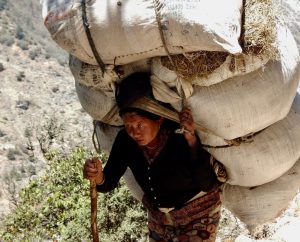
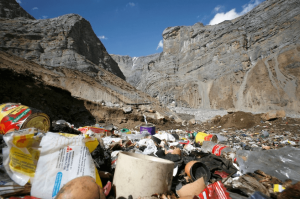
This is accompanied by a deluge of plastic and other garbage cast into the scenic Himalayan landscape—earning it the epithet of “highest dump on earth”. The absence of policy and controls has meant that the tourists who embark on treks ultimately cause degradation to the ecosystem, which they had hoped to experience. Efforts in recent years have been to regulate visitors and manage resources.
Traditional institutions prevalent amongst the local Sherpa like the forest guardian system have been revitalised to manage and improve the environmental conditions with government support. Parallel initiatives have been made by the government and several organisations to promote offbeat trails, which offer a more serene wilderness experience to the trekkers. It also helps relieve the pressure on the overtly popular trails like the Annapurna Circuit. Strict regulations and control of facilities, like those in the European Alps, are necessary to preserve the ecosystem and yet remain popular without severely restricting visitors.
The marine parks of Malaysia are also much sought-after and promoted as ecotourism destinations. A study by the School of Housing, Building & Planning, Universiti Sains Malaysia, suggests that although Penang’s carrying capacity has been exceeded, there has not been any effort to limit the number of visitors. The Food and Agriculture Organisation of the United Nations (FAO) has made similar assessments. Resort building continues unabated and their operations cause freshwater intrusion and sedimentation, threatening the survival of corals. Chemical run-off from human settlements and farms are competing with coral growth and accelerating coral bleaching. The situation is fast approaching a critical threshold.
Benefits the community and the place can derive vis-à-vis the income it can generate
Several regions use tourism to act as a springboard of opportunities for locals, who derive income and other benefits that ameliorate their lifestyles and pace the economy. To proliferate community-based tourism (CBT), governments offer training to rural/ethnic communities, which enable them to work as tour guides, operate homestays, etc. CBT has enabled ethnic and ecotourism to proliferate in many regions, especially in Southeast Asia. The ethnic people have become powerless commodities in the tourism market. Such a situation has been termed as cultural commoditisation.
Sapa, North Vietnam, is one such picturesque destination nestled amongst the mountains that attracts thousands of foreign and domestic tourists each year. From 1997 to 2007, the tourist footfall increased tenfold to 300,000. More than 90 percent of the tourists are attracted to its remote mountainous rural areas to experience life amongst the nine ethnic communities residing here. These tribes have traditionally relied on agriculture and forestry to eke out a living. The remoteness of the region insulated and preserved their culture, making them a unique draw for these tourists.
The main benefit from this growing tourism industry has been monetary income. According to the Vietnam National Administration of Tourism, income from tourism in 2007 was 22 times higher than in 1990, amounting to more than US$3 billion per year and accounting for 4 percent of GDP. However, in Sapa, all CBT-based businesses and activities remain confined to its town area, while 80 percent of the ethnic population resides in the remote rural areas outside the town. Besides putting on display their ‘ethnic household’, their only participation in the tourism industry has been restricted to selling traditional handicraft products. Yet, income from these tourist sales is much higher than in the past from agriculture or forestry and the work is less strenuous.
A survey conducted amongst the Yao tribe in Ta Phin village showed that almost 100 percent of the households have shifted to tourism-based occupation, with 80 percent of them selling handicrafts. It also showed that at least 46 percent of them earned at least US$140 annually, allowing them to significantly ‘improve’ their lifestyle. Such income potential has caused many locals to travel every day from their villages with souvenirs on their back to work as street vendors in the town. The majority of them are women and children. CBT here becomes income-centric; its benefits are largely superficial.
Tourism interests feign only a superficial sense of development wherein the locals desire a real change to their lives akin the urban lifestyle
Sapa highlights the problems of income biased tourism, which can result in deep changes to existing socio-economic patterns. This shift, it could be said, has resulted in degradation of the traditional agriculture-based societies. Nearly 100 percent of some villages in Sapa district have shifted their economic base to tourism-based activities. Both poverty and ease of earning from tourism has forced this shift. In Ta Phin, more than 20 percent of the households of the Dao and H’mong tribes have their women and female children working as street vendors in Sapa town.
These tribal vendors started by selling local handcrafted products and costumes, but increasing tourist numbers and demand have caused many of these items to be mass-produced, even imported. Increased tourism has also forced changes in farming structure to meet food demand; while demand for timber and non-timber forest products has caused severe depletion of local environment and forests. Worse still, ethnic groups are often put on show by tour operators to simulate village festivals whenever there is demand from tourists, not because of an actual tradition. Thus, the ethnic people have become powerless commodities in the tourism market. Such a situation has been termed as cultural commoditisation. Local products, customs, rituals and ethnic arts become touristic services for touristic consumption.
This proliferation of ethnic vendors and commoditisation of ethnic cultures is causing Sapa to lose the very essence for which tourists flock there. This situation in Sapa has been aptly portrayed by one travel website, which states that to see communities become so completely dependent on tourists suggests that the soul of the place seems to be lost.
Ecotourism is only necessary for far-flung pristine nature areas
Urban ecotourism was termed controversial at the 2nd World Ecotourism Conference in Kuala Lumpur, Malaysia in 2010. It represents inherent contradictions of urban and nature-based tourism activities, yet it has been gaining momentum. With 50 percent of the world population residing in urban areas, urban conservation and Greening projects represent a great opportunity.
Singapore, with its city-in-a-garden concept and burgeoning park-connector network, has woven eco-destinations into its urban fabric—bringing nature close to the people. Looking beyond its nature reserves, it has created novel projects such as the Bishan-Ang Mo Kio Park project—a biodiversity hub in the heart of the public housing estates—and Gardens by the Bay. Similar urban programmes have been implemented in Canada, New Zealand, Australia, Venezuela and South Africa.
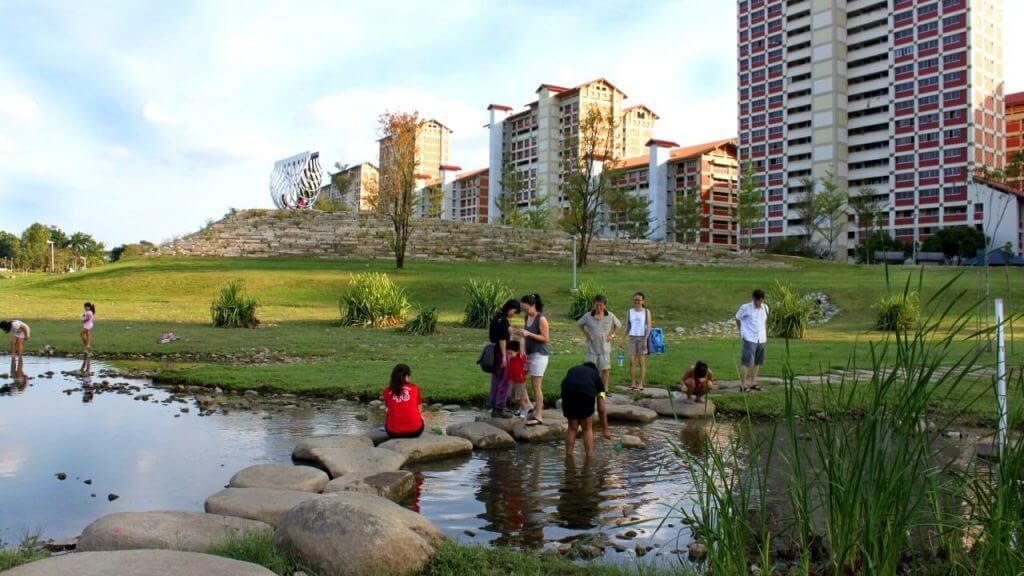
The challenges facing ecotourism are in reality also applicable to tourism in general. It should strive towards an authentic experience and meet high standards of social and environmental impact.
Prof Raphael De Kadt, Head of the Undergraduate Studies Department at St. Augustine College of South Africa, suggests that “policymakers concerned with tourism development should strive to make the conventional more sustainable”. All tourism needs to be more than a panorama; it should instead be about real engagement with nature.
This article was first published in FuturArc magazine and has been republished with permission.
Perspectives, developed by SJ Academy, is our platform to explore new ways of tackling some of today’s most complex challenges. We draw on ideas and opinions from our staff associates and experts across different businesses. Click here to read more about Technology & Innovation, Infrastructure & Connectivity, and Design Leadership.



 下载文件
下载文件
0 comments